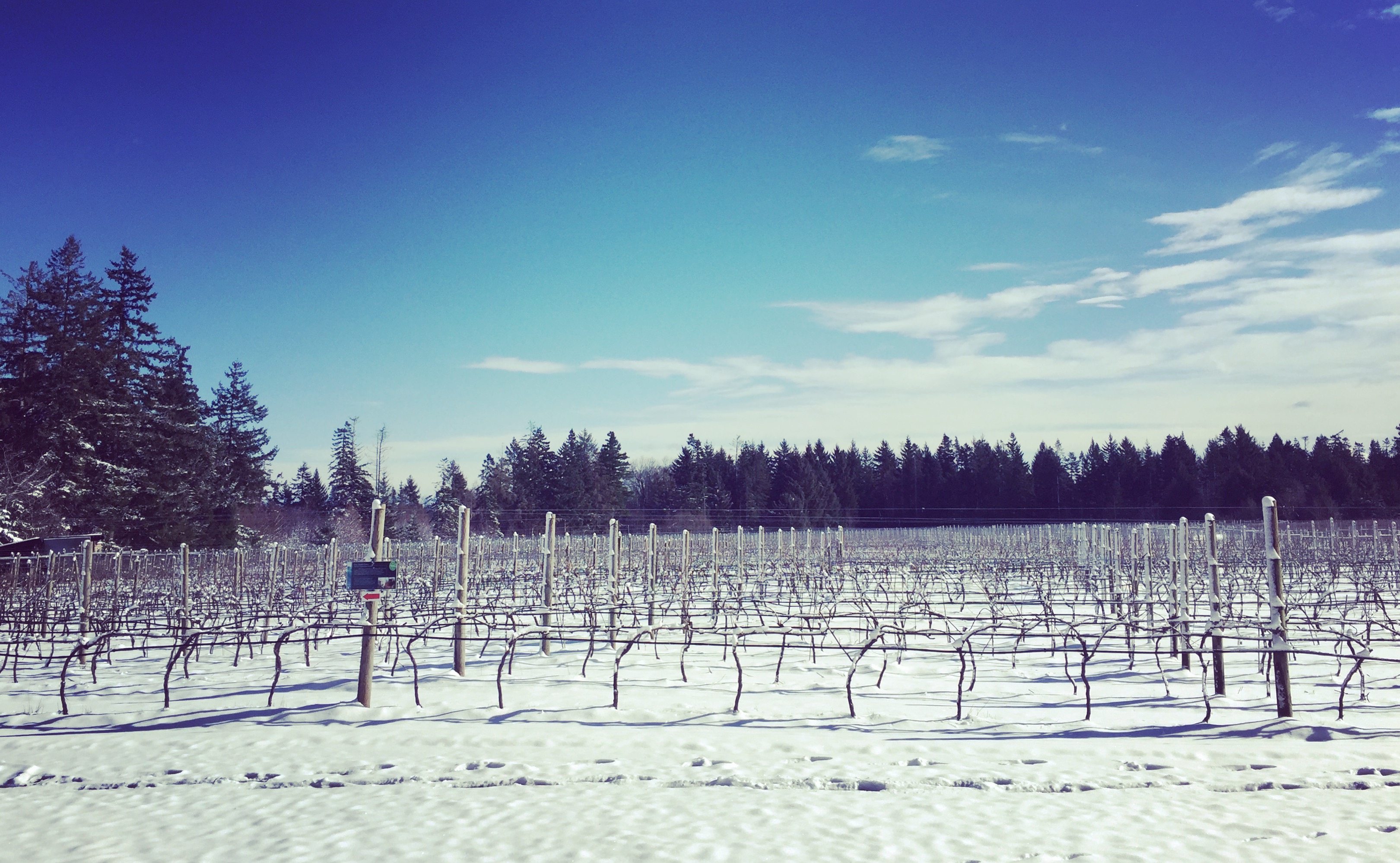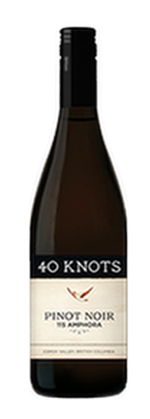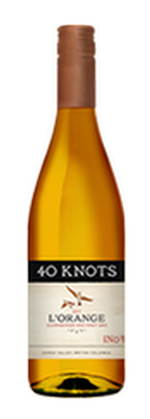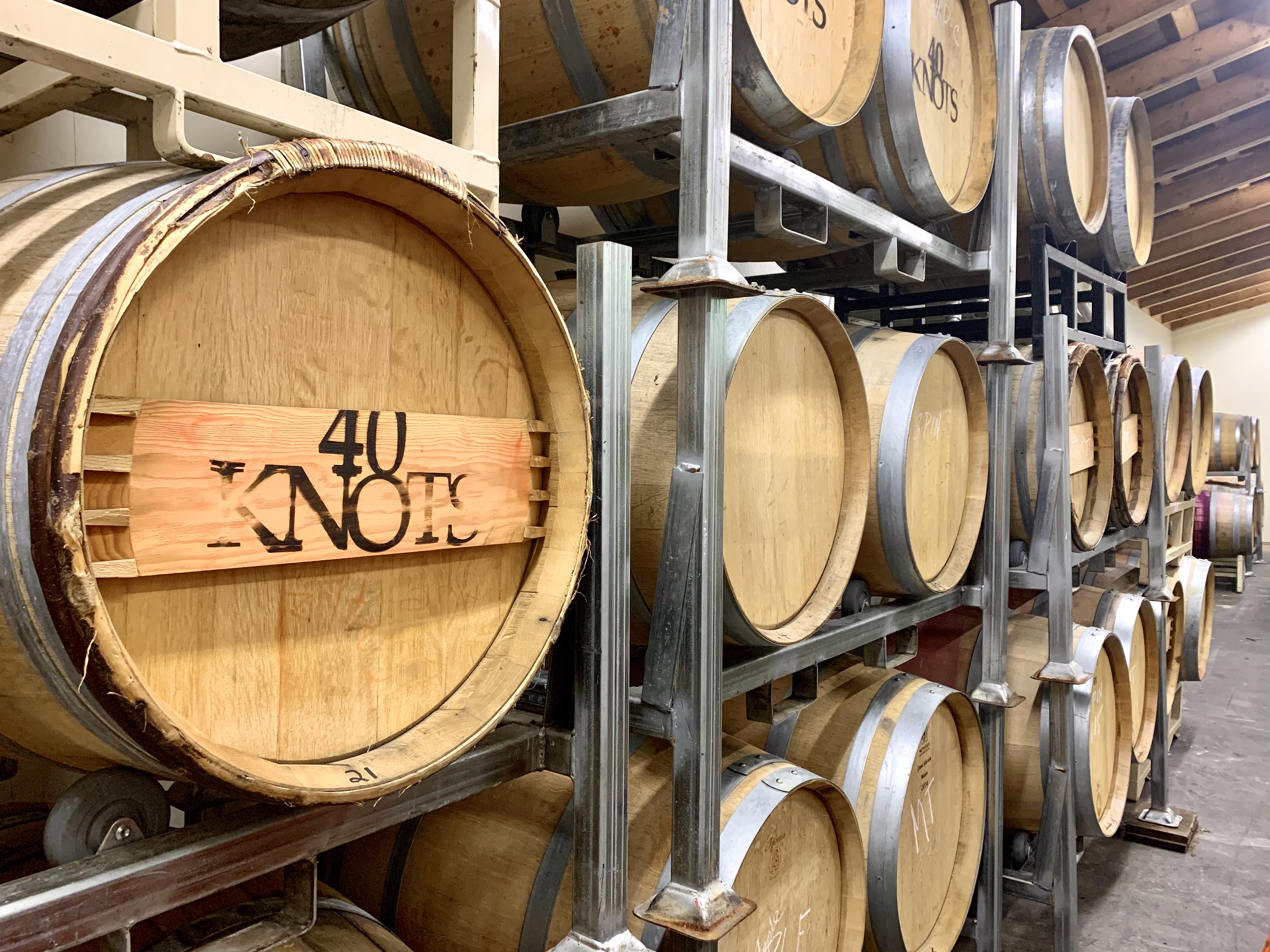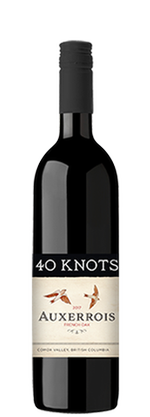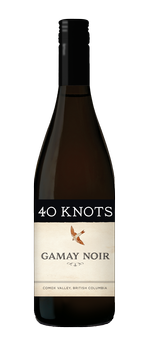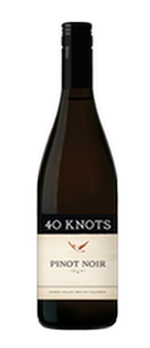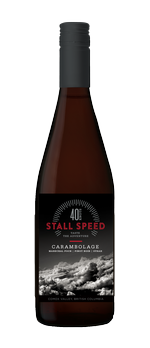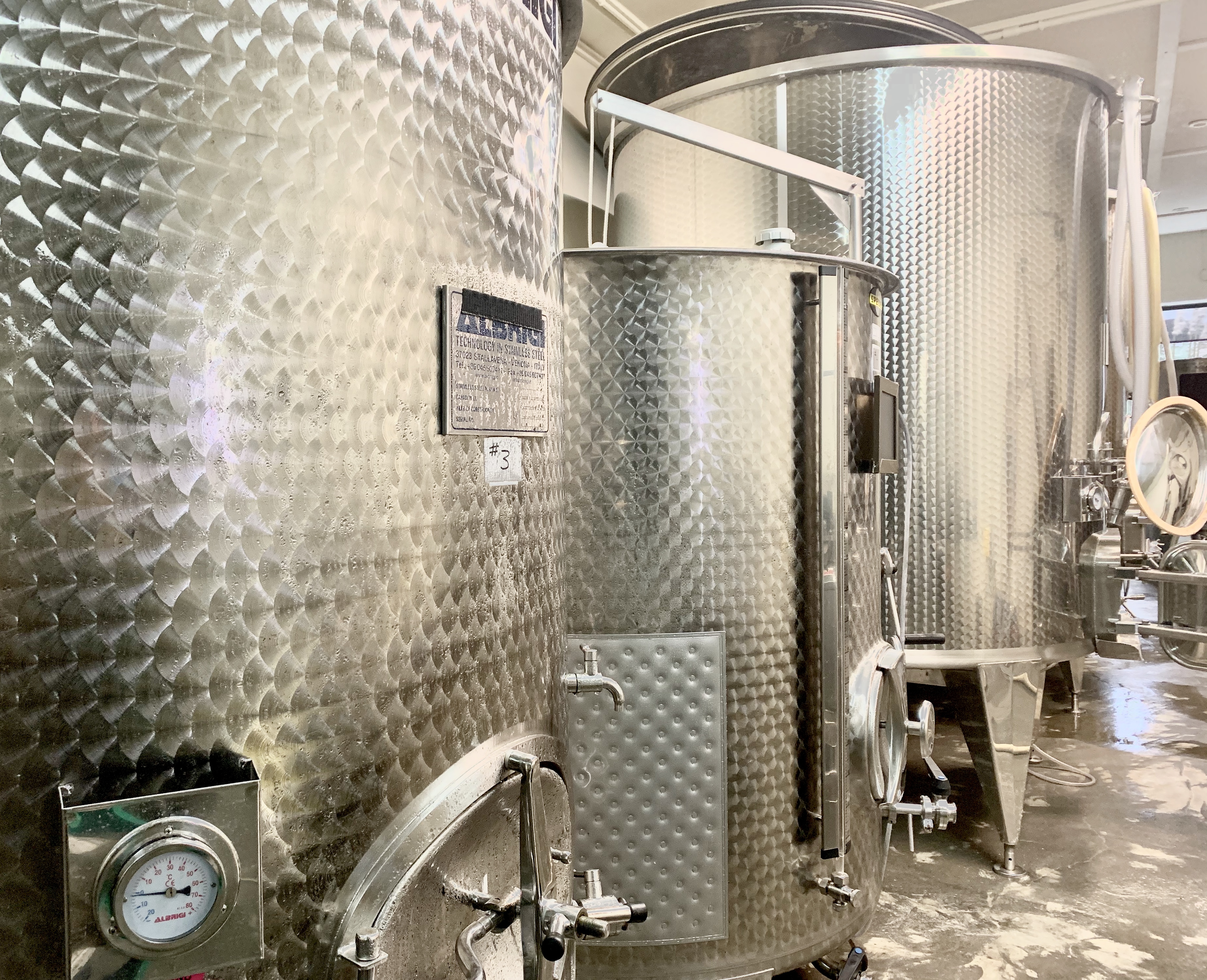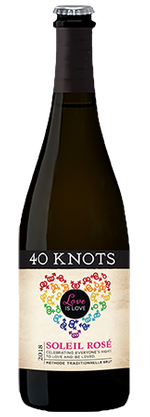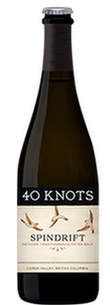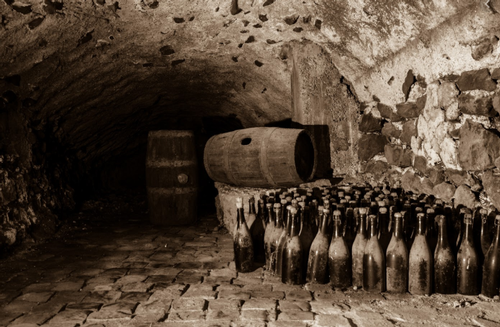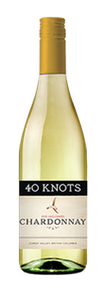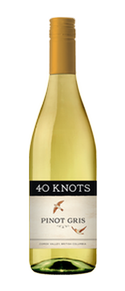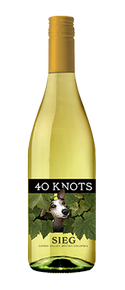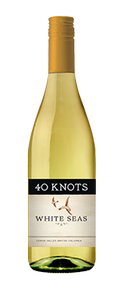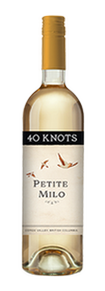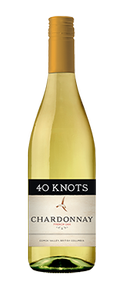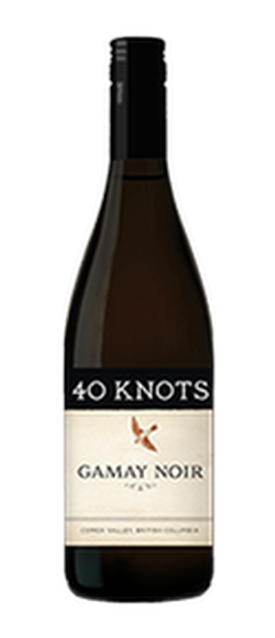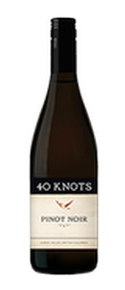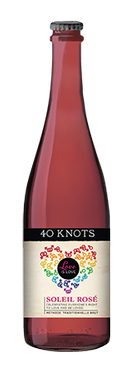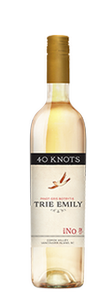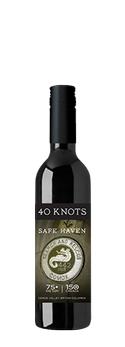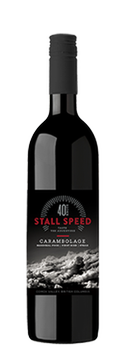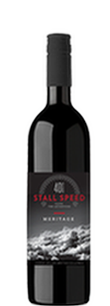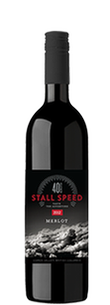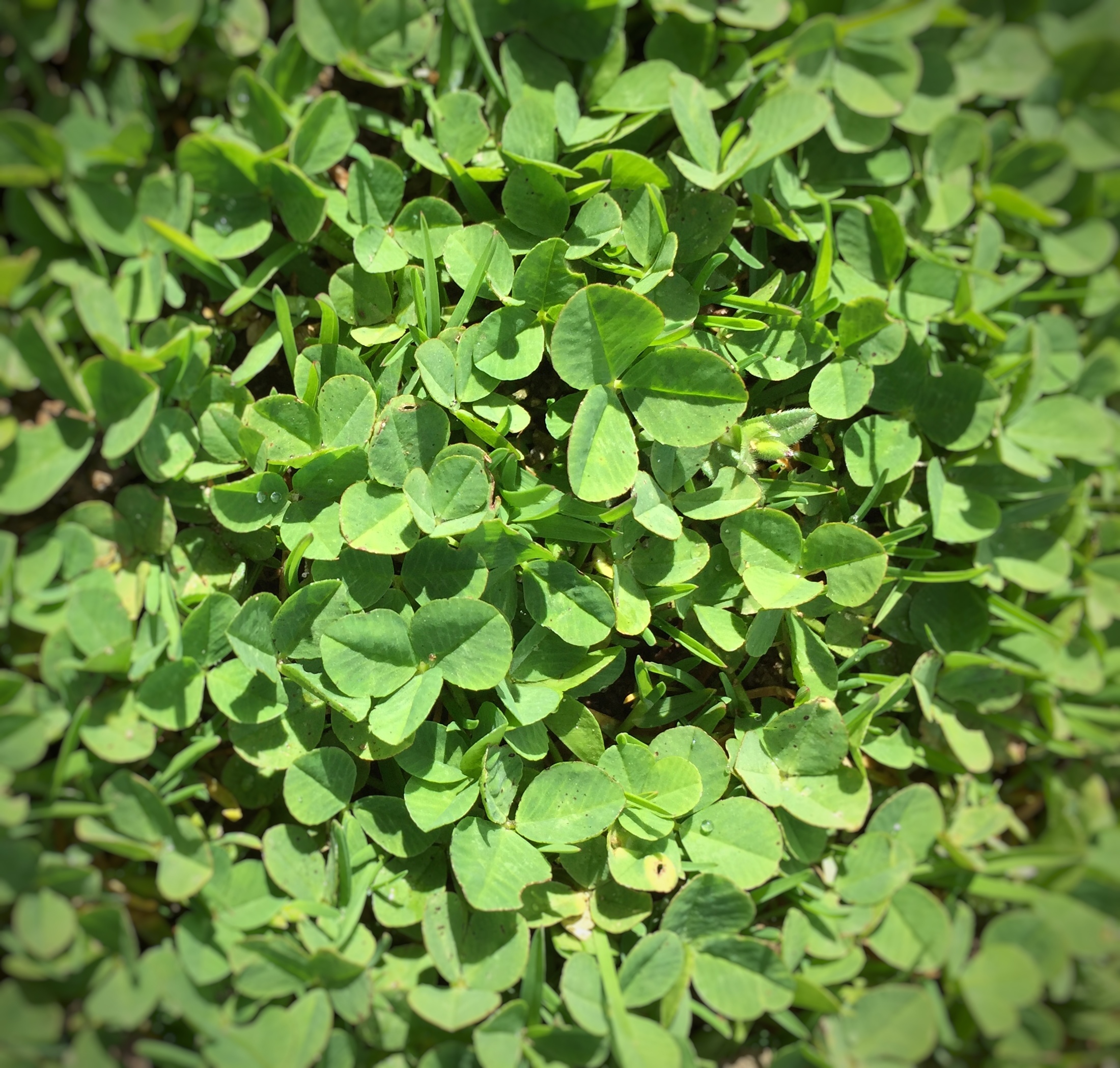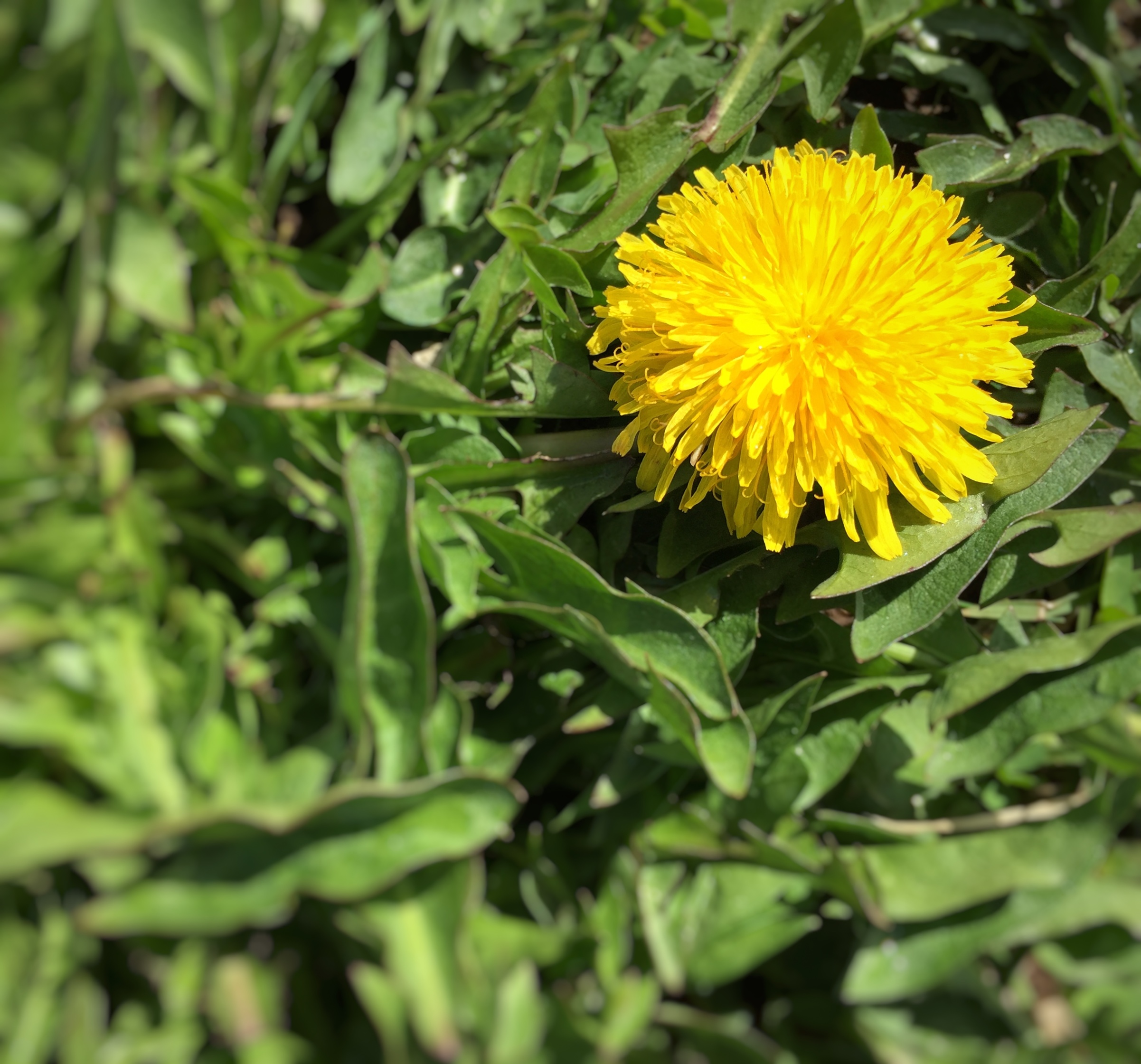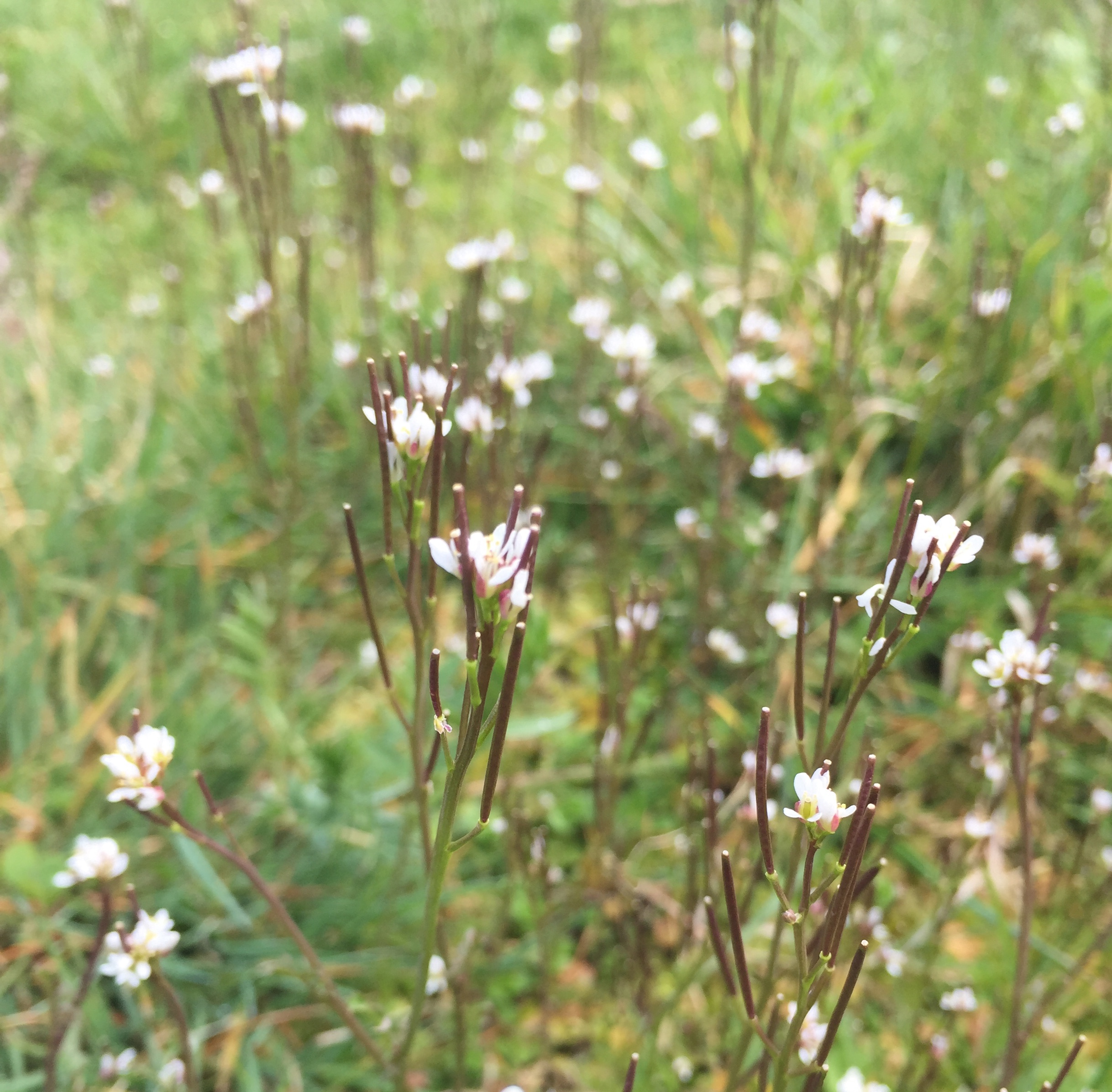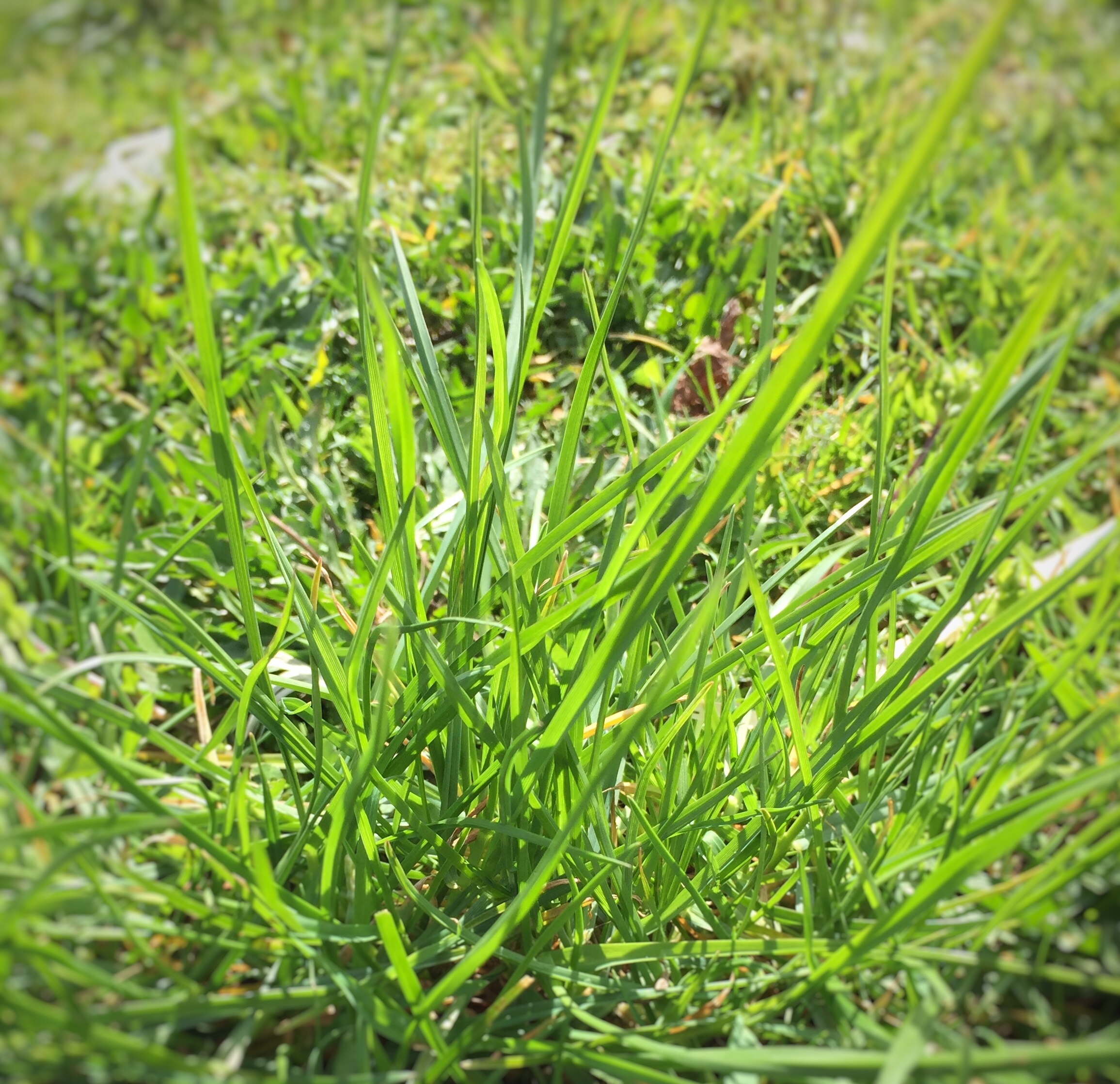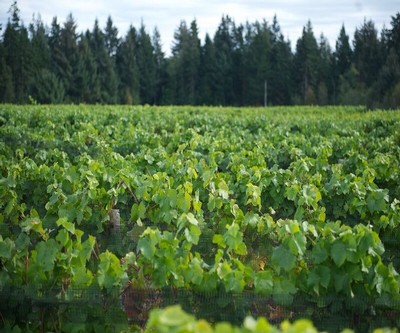Welcome to the Knotty Blog!
Welcome to the 40 Knots Winery blog — our online space where we share the latest news, stories, and updates from our sustainable winery in the heart of Vancouver Island's Comox Valley. At 40 Knots, we take pride in crafting award-winning wines that reflect our commitment to sustainability, community, and local partnerships. Explore behind-the-scenes looks at our vineyard, learn about upcoming events, and celebrate the people and initiatives that make 40 Knots unique. Whether you're a wine enthusiast or simply curious about what we do, join us in celebrating a passion for exceptional wine and sustainable living.
Want to stay more up to date? Sign up for our newsletter and get the news first!
Grapevine Dormancy
Grapevine Dormancy
*FREE community pruning workshop. See below for further information*
At the dawn of a new decade, we welcome a fresh start in the 40 Knots Vineyard. With 2019 behind us, we look forward into 2020 with revitalized hope, energy, and enthusiasm for a fabulous new vintage. Just like winter hibernation, the 40 Knots vines are in their dormancy stage and await the new spring sun. Winter dormancy occurs after the last autumn leaf has fallen and carries forward until early Spring.
Shorter winter days kick-off two phases of dormancy.
Endodormancy: (Greek word endo meaning inside) during this first stage, the grapvine become cold hardy. The plant growth regulators inside the bud prevent each grapevine from growing, even in favourable environmental conditions. Endodormancy is usually complete by the end of December.
Ecodormancy: An external force that follows environmental conditions. In the Northern Hemisphere, the ecodormancy stage starts around February. In this stage, the vines await higher temperatures to proceed with budburst. With ecodormancy and climate change, vine growers must be vigilant to monitor low temperatures as to not kick off budburst too soon. This is where our #coolclimate region in the Comox Valley has a leg up!
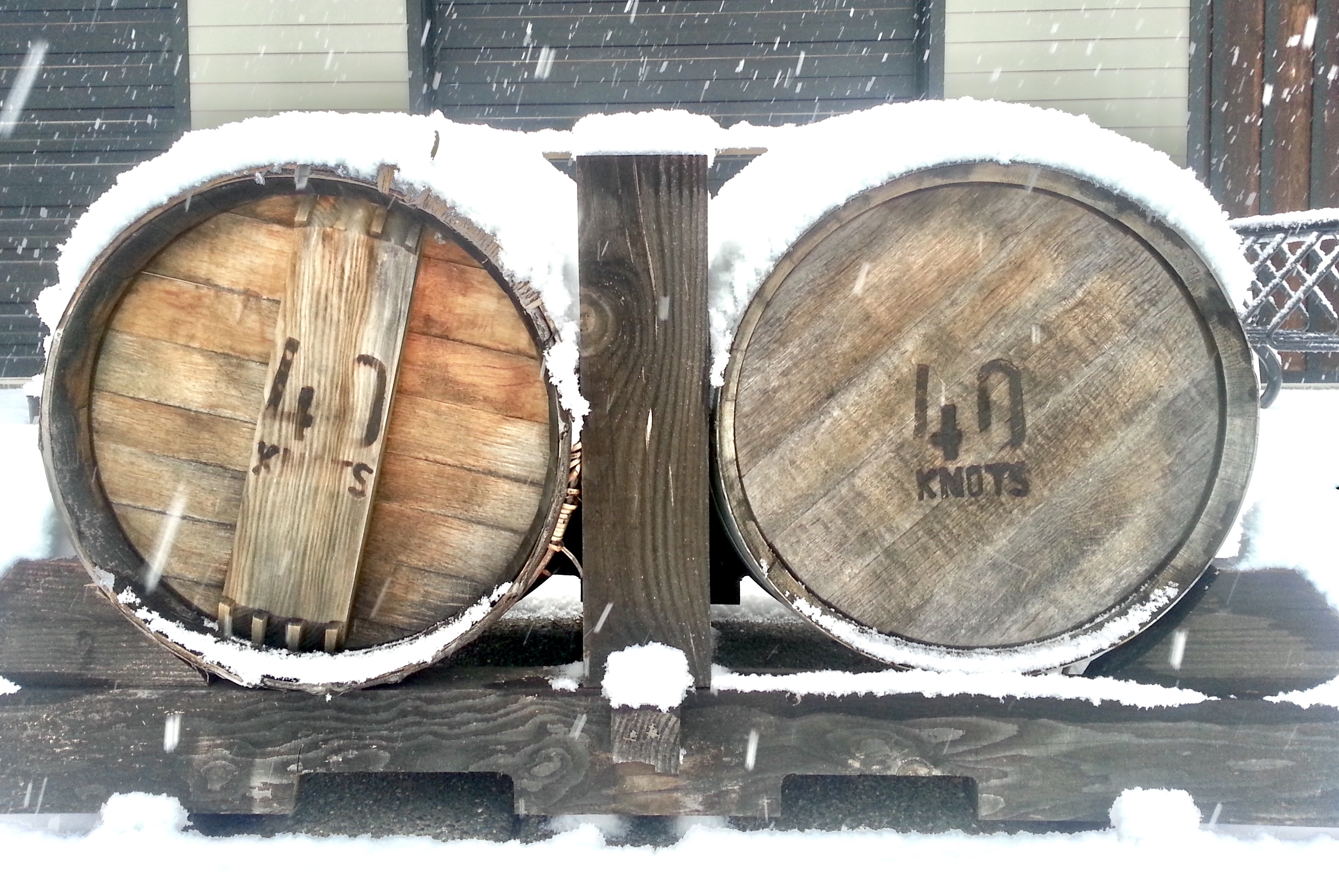
With the vines seemingly lifeless and naked without leaves, the activity underneath the soil is charged in preparation for the new year with energetic vines sending out new roots. This “root flush” (think tiny hairs at the bottom of carrots and beets) reaches downward in search of nutrients from the soil. Internal starchy carbohydrates build inside the roots, trunks and cordons in autumn and until the first frost, and this stage is critical for proper flower, leaf and bud grapvine growth development for the following season.
Above the soil, the vines will dehydrate themselves as water contracts and glides into intercellular spaces. This phase almost steels the vines from the inside out, avoiding freezing during these chilling winter temperatures. Sugar and protein compounds come together to bind water, serving as cryoprotectants. So strength DOES come in small packages!
Join us for a FREE community pruning workshop
Calling all viticulturists, farmers and outdoor enthusiasts interested in learning vineyard pruning methods for both cane and spur vines. We are hosting a complimentary community pruning workshop on February 1st from 1-4pm at 40 Knots Winery. Click HERE to RSVP.
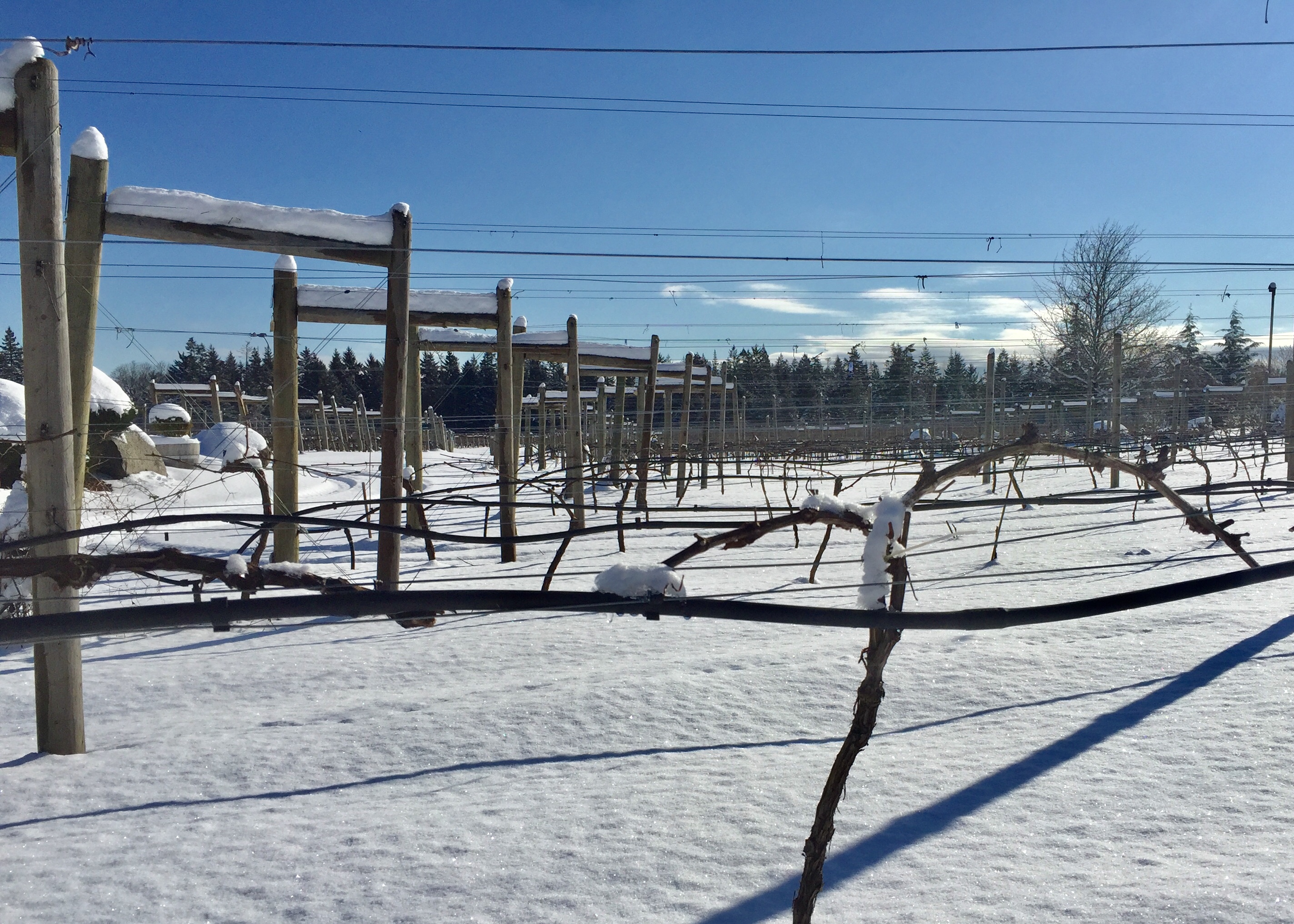
Unable to attend? Read about how much fun we had in my next blog post where I discuss winter grapevine pruning.
Happy New Year, from the crew at 40 Knots and me,
-Megan
Amphorae, Oak, Tank
Amphorae, Oak, Tank
Aging wine in the cellar before bottling is a process that takes patience, diligence and the knowledge of one’s terroir. Grapes grown in cooler climate regions will need a different aging process than those from warmer climates. The trick for quality though is to know which vessel suits which varietal, and how long each one needs to rest before bottling. In the 40 Knots cellar, we age our wine in three different vessels: Amphorae, french oak and stainless steel tanks.
Amphorae
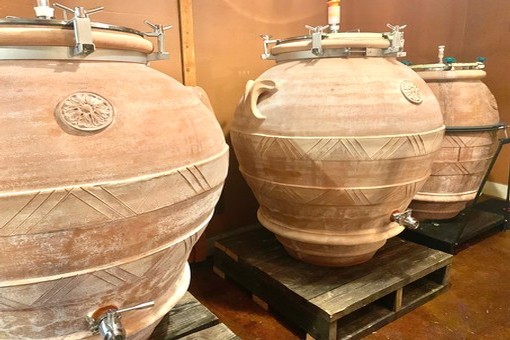
Remnants of these ceramic style terra cotta pots have been spotted as far back as 6000 BC, with archaeologist having found remains in the Republic of Georgia. Once the amphorae reached the Mediterranean, ancient Greek’s and Romans used them as the main transportation and storage of wine. A huge benefit of amphorae is the stabilization of temperature through exceptional thermal insulation. With a porous surface, the wine stabilizes through slight oxidation; double the oxidative effects of oak! In today's wine world, there has been an insurgence of amphorae in wineries that farm organic or biodynamically. In following this biodynamic route, amphorae pots found in our 40 Knots cellar have been growing in numbers over the last year. All three of our amphorae come from Artenova in Florence, Italy.
40 Knots wine aged in amphorae:
Oak Barrels
The oak barrel is thought to be created by Spanish Celts around the fifth century BC. Embracing oak over amphorae around the 2nd century AD, the Romans and colonizing Europeans chose this transportation method for small goods and liquids. Most of the wine oak barrels that you’ll see around the world nowadays typically come from five main forests in central France or California and some of the eastern states. Wine flavors showcased from oak aging are spices, earthiness or a toasty characteristic and sometimes sweeter flavors of vanilla, caramel, and butterscotch. The barrels that you will find stacked in the 40 Knots cellar are from various areas in France.
40 Knots wine aged in oak:
Stainless Steel Tanks
With the creation of stainless steel in the early 20th century, winemakers began the journey of aging wine in stainless steel tanks. Unlike oak, a wine created in these airtight, neutral vessels imparts no flavors and undergoes no oxidation. Wine flavors formed to display the truest nature of the fruit, boasting crisp, clean and fresh characteristics. The 40 Knots cellar is filled with Italian tanks from a company called Albrigi out of Italy.
Look for these crisp, fresh wines in our portfolio. Unlike some other terroirs, there is no need to oak these beautiful whites as they are naturally full with lots of juiciness, and far from flat.
Celebrate New Year's Eve, or any other time that demands emphasis of flavor on the celebration, with our "in bottle" fermentation, French Traditional style bubbly!
Gift baskets made to order or pick one up today in our store. Got your Christmas cards out yet? Pick up one of our gift cards or we can e-send off! No expiry and may be used for purchases, vineyard tours, premium tastings and picnics.
Back by popular demand, check out our gift of Pinot box - Pinot Noir sale
!!!HUGE SALE ALERT!!!
From December 20 to December 24, you'll receive $25 off a case of wine! Just mention "I read about it on Megan's Blog"
Give us a call for Canada wide shipping options 855-941-8810, or visit us in the tasting room today.

Christmas hours: closed December 24 at 3pm, CLOSED ALL DAY December 25 & 26
New Years hours: closed December 31 at 3pm, CLOSED ALL DAY January 1 & 2
Thanks for following my blog posts for 2019! I look forward to picking up again next year in 2020. Please email me if there are topics you would like me to blog about, or if you ever have any questions about the blog. Or even better yet, stop in and see me at the winery!
To Age Wine or Not to Age, That is the Question
To Age Wine or Not to Age, That is the Question
“Just like a fine wine, you keep getting better with age”. We’ve all seen this Birthday Card for sale on the rack. The common misconception is that all wine surely does get better with age. This statement, however, is only true for a small number of wine types found around the world.
It is estimated that 90% of the wine is meant to be enjoyed within a year of production, and 99% of wine within 5 years.
For some of you, the goal is to drink wine when in the prime of its life. For most of you, it’s as soon as you bring it to an awkward family dinner party. Back in the day, the Old World regions (aka. Europe) were notorious for releasing wine that demanded a minimum 5-10 year lay down (think astringent, high tannin Barolo’s). Nowadays, you will find more and more European styles following New World regions (aka. anywhere that isn’t Europe) with wine that is ready to drink now.
Studies have shown that the average person waits 21 minutes between purchasing and opening a bottle of wine.
Tannin and acidity are structural elements that act as naturally occurring preservatives, allowing the wine to evolve without falling apart. Sugar and alcohol also factor in, but the body must be supported by tannin and acidity.
Because white wine grapes rarely go through skin contact after harvest, the lack of grape skin tannin is your first clue that white wine doesn’t have much age-ability (with the exception of Orange Wine). Many Chardonnay’s, however, have seen some barrel aging. This adds tannin from the oak barrel and creates the potential to lay that bottle down for several years. Because of current wine trends, an unoaked style of Chardonnay is quite popular in today’s market.
40 Knots White Wine
With all of our white wine grapes grown right here on Vancouver Island, our crisp and dry style white's are a perfect pairing with anything that comes out of our local ocean.
USUALLY BEST IN THE FIRST THREE YEARS
ONE FOR YOU AND FIVE FOR THE CELLAR, ENJOYABLE EVERY YEAR FOLLOWING
40 Knots Red Wine
Unlike wine from warmer climate regions, our estate reds are light in body and have soft tannins and moderate acidity.
STICK THIS ONE IN YOUR CELLAR!
Drinkable now and try on each year for the next 6-8 years. Prime is expected 3-5 years after vintage year.
DRINK NOW OR SAVE FOR MANY, MANY YEARS.
Sparkling bubbles will become very refined and soft with a baked brioche flavour, Trie Emily will be soft and deeply luscious, drink Safe Haven in 10 years while you sink deeply into your armchair and reminisce.
Stall Speed Collection Red Wine
These reds boast grapes coming in from the Okanagan Valley where the climate is slightly warmer.
DRINK NOW!
At 40 Knots we have already done the aging process for you, with vintages ranging between 2008 and 2011.
If you DO decide to lay something down for a period of time, be sure that it is away from sunlight, vibrations, and temperature fluctuations. A cool basement emulates a cellar, so this is your best bet.
Ready to cross some Christmas gift purchases off of your “to-do” list? Visit us in the tasting room and get your custom gift basket- wrapped with your choice of goods, to your price point.
To barrel or not to barrel, to amphorae or not to amphorae: what are the different aging techniques BEFORE a wine is bottled? Stay tuned for my next blog post.
The Vineyard Floor at 40 Knots
Wine, Wind, Sea & the Vineyard Floor
The life cycle of the grapevine can be discussed at great lengths. From budburst to harvest, the hours and energy put into vine, canopy and fruit management are extensive. Some of that attention, however, should be directed beneath our feet to the life found along the vineyard floor. This important cover crop has profound significance for the vineyard ecosystem, productivity and inevitably, wine quality. Here are just a handful of native and foreign plants, and even weeds, that help our 40 Knots Vineyard work with Mother Nature to achieve our increasing biodynamic farming practices.
White Clover (Trifolium Repens)
Chances are, you’ve seen this shamrock shape not only in a vineyard. Incredibly common in North America, this herbaceous perennial is a part of the bean family. Eventually, within its life cycle, a small white flower will draw in many bumblebee visitors, which are powerful pollinators. Into maturity, the white flower will begin to turn pink. Its ground coverage helps balance nitrogen levels and maintain soil health. If you happen upon one with four leaves instead of three, some would say you’d be blessed with the luck of the Irish!
Dandelion (Taraxacum Mongolicum)
The Taraxacum Mongolicum has been used in Eastern medicine for thousands of years, providing many health benefits. When aged, how beautiful the feathery filaments appear when caught up in a summer’s breeze. Kind of nostalgic, isn’t it? For the vineyard though, this perennial's wide-spread root systems are amazing for loosening soil and pulling up calcium from the depths. Grape vines require proper aeration and drainage to produce quality fruit set. Less is more when it comes to water!
Hairy Bittercress (Cardamine Hirsute)
This little white flower is part of the mustard family. In this particular photo, you can see the long slender seed pods getting ready to burst and spread themselves along the vineyard floor. Flourishing in damp, sunny and loose soil conditions, the vineyard is just the spot for the annual Cardamine Hirsute to thrive. It is also edible. It can add a little zip to your salad with peppery flavours, a perfect 40 Knots Pinot Noir pairing! Just like all other types of plants within the mustard family, this one is loaded with nutrients. It’s a spring weed, so as temperatures increase, the sight of them decreases.
Fescue Grass (Festuca Arundinacea)
The grass is basically the bodyguard of the vineyard, its main goal is to protect. The grass' heavy root system safeguards the soil from eroding and compacting. In the heat of the summer, it will enter dormancy and turn brown. This is favourable because it no longer competes for water. It also reduces excess moisture, avoiding unwanted heavy vine vigor.
Where this foliage thrives, so do bugs that feed our vineyard animals.
Biodynamic law teaches that everything has a purpose. With the knowledge of this, we can truly revel in the bounty that is found all around us.
“Look deep into nature, and then you will understand everything better.” –Albert Einstein.
With Spring upon us, we invite you to partake in one of our newly introduced guided vineyard tours. While you’re sipping our 40 Knots wine amongst the vines where it all began, see if you can find some of these vineyard helpers in between your feet!
40 Knots grows and crafts high quality, ethical, clean wines that are distinct to Vancouver Island.
What Wine are YOU Drinking?
What's in 40 Knots Wine:
This entry is dedicated to learning about what it is that we're drinking when we pick up that delicious glass of vino. Wondering what is specifically in 40 Knot's wine? Read on!
What's NOT in 40 Knot wine? No chemical or unnatural preservatives are used. No added flavoring is used. Our wines are vegan and gluten-free. We achieve our GOLD for our efforts. And we often have customers come to us, surprised, and say they can drink wine again with no adverse effect.
Wine-making methods: First and foremost, there are conventional methods. Sulfites, eggs, milk, and fish are sometimes found in the conventional process of winemaking. Although by law these additions must be stated on the label, this is not always the case, so if this is important to you, read the label or ask the winery. The next level is the certification of organic. It costs a lot of money to get certified and it doesn't always guarantee that what you're drinking is 100% preservative free or that the methods are good for the environment. Us at 40 Knots? Well, we're above organic standards. The term biodynamic has come up a lot over the last couple of years, and while we're working towards fully achieving this certification, you can always rest assure that what you're drinking out of our 40 Knots Cellar is clean, natural, and rooted in our cool climate to give you fruit forward juicy and elegant wines.
What's found in All Wine:
Now let’s take a look at a broader scope and discuss the components found in all wine all over the world.
The number one ingredient found is actually water. No, water is not added, this is the natural "water" found in the grape. Around 75% of wine in fact. Shocking, right? Following this is alcohol, typically ranging anywhere between 8-16%. Doesn’t leave much left. But this is where it gets interesting.
Traditional wine is always made out of a few strains of winemaking grapes. Vitis-vinifera is the most common type used. So when people say they taste blackberries, cherries, or spices- this doesn’t normally mean that those flavors have been added. Although some producers do sneak flavoring into wine, 40 Knots does not. Each grape varietal brings out different characteristics, depending on soil and climate. The only other way that different kind of fruits would be used, would be where the producer would state that what they carry is a “fruit wine” or country wine, as they define it in Europe. So rest easy, you are always drinking juices from grapes that have been affected by a fermentation process!
So moving on, let’s look at what makes up the rest of that 5-10%.
Acids - this is naturally derived from the grape skins. White wines will typically have more acids than reds. There is also a small amount of amino acid found. Volatile acidity, mostly acetic acid, is what would give the wine its vinegar taste if gone bad.
Acetaldehyde - this is a volatile compound that is created when a wine starts to slightly oxidize. It sometimes gives off aromas of yellow apple. Some winemakers purposely oxidize before bottling if they are looking for a result of these flavors, but mostly only found with very old wines.
Glycerol - this is a sugar alcohol that is not technically sugar and gives wines their sweetness. Sugar is also found when the grapes don’t ferment all the way, leaving the wine with residual sugar, or RS for short. Dry wines will have less, typically 0-8 g/liter, off-dry will typically have 8-15 g/liter, and sweet wines will have 20+g/liter.
Higher Alcohol - these are found in very small amounts and will help aid in the wine's primary aromas.
Minerals - calcium, zinc, iron, magnesium, potassium, and manganese. Get your daily dose by drinking some wine!
Esters and Phenols - these are compounds that give off aromas of a wine.
Sulfites - this is a naturally occurring preservative of all fruit (easily seen as the white on blueberry skins), and something of a conversation piece. Levels of sulfites range in a wine, but they all have it. Most have an addition of sulfites to help preserve it, especially if being shipped from other countries, or if it is a big commercial winery, or if the wine is packaged in a lesser stable container like tetra boxes or boxes with spouts. Even VQA wines are allowed to have large volumes of sulfites added. People claim that sulfites are what create headaches, this is up for debate. Some people say its the histamines. Varying countries have different histamines and the person's reaction might come from certain parts of the world and not others. If an Australian wine gives you a headache, try Italian. Easier yet, if you get a headache from wine, perhaps it's simply dehydration! Best using the one to one method. One glass of wine, one glass of water etc.
Antioxidants and healing properties? Just google "is wine good for you", and you will come up with many, many claims that it is. Articles say that a daily glass of wine can help with brain function, heart function, ovary function, blood clots, stress, and the list goes on. Hmmmm... is that why it is common to cheer "here's to your health"?!
40 Knots grows and crafts high quality, ethical, clean wines that are distinct to Vancouver Island.
Cool Climate Wines
What are Cool Climate Wines?
Vancouver Island is considered a cool climate in which 40 Knots Vineyard & Estate Winery produces cool climate wines. The type of grapes that we have in our Vineyard are Chardonnay, Auxxerois, Siegerrebe, Pinot Gris, Gamay Noir and Pinot Noir. We also crop share 10 acres of Epicure and Petit Millot. Each type of varietal thrives in our vineyards. The cool climate helps us to produce wines of finesse, juiciness, and elegance.
Grapes that are grown in the world’s warmer regions ripen quickly and make for sweet, big wines that are low in acid and high in alcohol. Grapes that are grown in cooler regions such as ours will ripen and accumulate their flavor slowly (think of it as marinating a juicy meat for quite some time). The wines tend to be complex and balanced, with higher acidity and more mineral flavors making them very much food-friendly wines. With the abundance of fresh locally grown food and seafood here, 40 Knots wines pair beautifully with Vancouver Islands cuisine.
Though we feel blessed with the effects of our cool climate it can also put us on edge we have to monitor the weather, pH and brix daily so that we can pick the best quality grapes, which may cause us to lose quantity. The winter frost won't damage them and spring and summer rainfall won't dampen the flavors? Layne has learned to work with the climate to bring you the freshest, tastiest most complex wines.
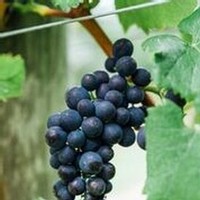
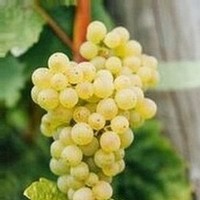
The Vineyard Interpretive Trail at 40 Knots Winery
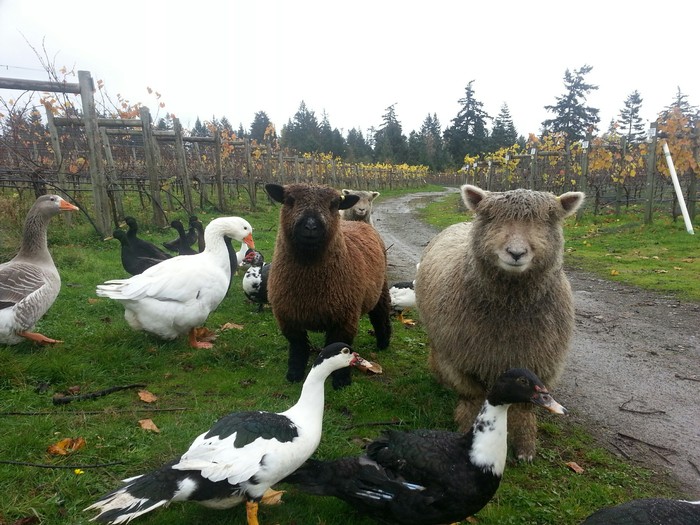
You are about to enter a trail through our Vineyard that will forever remain in your mind when drinking wine!
| Wear good footwear. |
| The ground is not level. |
| Dogs must be on a leash. |
| Do not litter. |
| Use doggy bags. |
| Watch for farm equipment. |
| Do not wander off the path. |
| Don't eat our grapes. |
| Do take pictures. |
| Do post on social media. (find us at 40KnotsWinery) |
| Join us for a complimentary tasting in our tasting lounge. |
Trail is approximately 1.5 kms
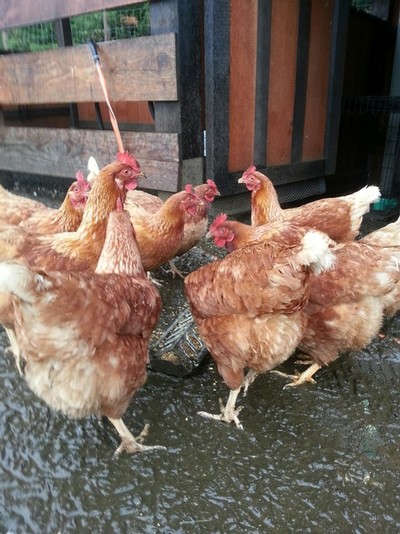
Our Green Farm
"40 Knots is committed to sustainability through continuous certification in Green Tourism, a most relevant and credible recognition that requires continuous improvements and team commitment with considerations from cradle to re-purpose."
In the vineyard where all the grapes are handpicked, resident sheep, duck and chickens mow the grass, weeds and control pests. They are very friendly but please do not feed them. If you happen to see them outside the fence line, please alert a staff member.
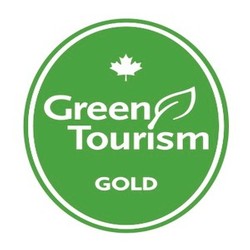
You are Standing on Glacier Till Soil
The tip of an iceberg, just 925 meters from the Salish Sea, where the Powell River ferry lands. The deep harbour was created, in part, by a glacier. The bonus is that the historic event deposited a more than average amount of till, sand, and rocks on this small area, which is now above the sea some 32 meters sloping to 11 meters.

| Our Job: | Vineyards Job: |
| Pruning | Dormancy |
| Disease Control | Disease Control |
| Shoot Thinning | Flowering |
| Deleafing | Bud Burst |
| Pest Control | Pest Control |
| Bunch Thinning | Fruit Set |
| Bird Netting | Irrigation |
| Harvest | Veraison |
| Full Ripeness |

Terroir [ter-wahr; French ter-war]
Defined as the environmental conditions, especially soil and climate, in which grapes are grown and that give a wine its unique flavor and aroma
Rich in iron and aluminum, oxidized by acids and water, while subsoils are seasonally saturated (liquefied) by the high water table. The results are leached soils rich in iron and aluminum, with low PH.
Micro Climate: Refers to area inside vine canopy which enjoys 3.6 degree Celsius higher temps than the recorded temperature.
Meso Climate: Refers to our fields on glacier till soil
Great drainage, mineral contact, and sloping land towards the sea provide in part, a small piece of rare land in the Valley that can sustain noble variety grapes - Pinot Gris, Pinot Noir, Gamay Noir, Chardonnay.
With great drainage comes stripping of nutrients. Stem testing and soil sampling is a must. With the slow road of composting, and adding that back to the soil, diligence and patience is a virtue.
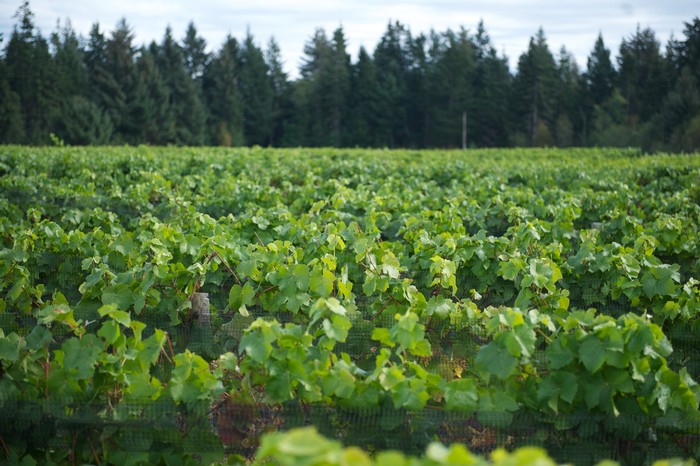
Food and Water
Water consumption and fertilizers are monitored regularly.
- Technology is also employed by use of a ASAP Geomatix drone for mapping. Maps show moisture content, health and level of chlorophyll in plant, temperature and vine height. This allows targeting of specific areas in the vineyard for nutrition.
- 40 Knots works with BioFert Manufacturing to source 100% organic fertilizer applications. All fungicides and pesticides are 100% organic
- Drip irrigation is used only in the driest of years and it is the most efficient form of watering. This is also how fertilizer is applied or known as “fertigation”.
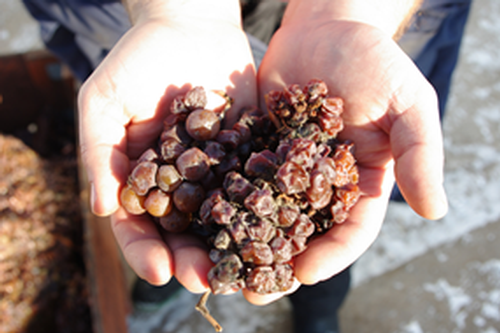
Although some mold is welcome. In this photo is Botrytis affected grapes, aka noble rot. This is a benign fungus that intensifies sweetness and flavor. Try our Trie Emily Sauterne style wine.
Disease Management
Fungi
Fungi make up the largest group of pathogens, and they come in a wide variety. Commonly known as molds, these mostly microscopic organisms are composed of multi-cellular, thread-like, branched filaments and reproductive structures called spores. Since they do not possess chlorophyll, fungi depend on either dead organic matter or living plants for their growth and reproduction.
Prevention and Treatment - Sunlight and the wind. Organic sulfur is sprayed up to the flowering. After flowering, potassium bicarbonate and organic mustard seed oil are used.
Bacteria
Bacteria are microscopic one-celled organisms that can cause diseases in vines. While most bacteria in the environment are beneficial, several are able to cause leaf spots, stem rots, root rots, galls wilts, blights, and cankers.
Plant pathogenic bacteria generally survive in infected plants, in debris from infected plants, and, in a few cases, in infested soil. Bacteria enter vines through wounds, natural openings in the vine or direct penetration, usually in the leaf or fruit but sometimes in roots and stems.
Once inside the grapevine, bacteria begin to reproduce by simple cell division and do not produce spores or fruiting bodies like fungi. Bacteria, like fungi, rely on their host plant for food.
Vineyard Floor
Considerations: age of vine, vineyard design, soil type, growing region.
Why do we allow grass coverage and clover coverage?
Grass controls soil movement and helps to retain moisture.
Clover is encouraged to bring nitrogen and other nutrients naturally to the soil. As well it encourages bees to frequent the vineyard which rids the area of wasps and hornets that can harm our grapes.
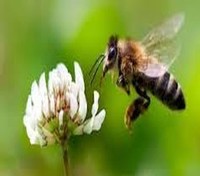
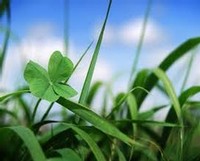
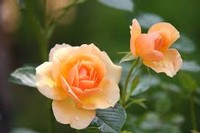
Grape Varieties
| The Nobles: | The Hybrids: |
| Chardonnay (France 2007) |
Pinot Auxerrois (Vancouver Island 2011) Hybrid of 3 Pinot Noir clones |
| Pinot Gris (France 2007,2008,2013) |
Schonberger (Vancouver Island 2012, 2013) Hybrid of Pinot Noir, Chasselas, Muscat |
| Pinot Noir (France 2007,2008) |
Siegerrebe (Vancouver Island 2011, 2012, 2013) Hybrid of Madeline Angevine, Gewurztraminer |
| Pinot Noir (Califonia 2012) | |
| Gamay Noir (France 2008) |

Trellis System
40 Knots Trellis System allows for flow of air, entry of sunlight, growth stages of our new vines to mature vines, supports drip irrigation system, support of shoots and leaves, allowance for bird netting.
Considerations: 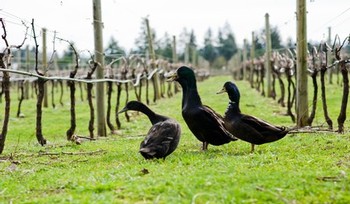
- Keeping soil organic
- Growth habit
- Terroir
- Vine vigor
- Mechanization
Annual Vineyard Calender 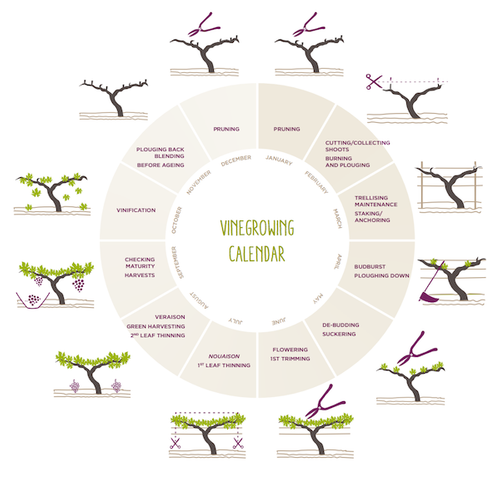
Jan, Feb, March = Pruning
April = BudBurst, Suckering
May = Flowering, leaf thinning
June = Leaf thinning
July = Veraison, maturity
August = Maturity, harvest
September = Harvest
October = Harvest
Nov to Dec = Dormacy
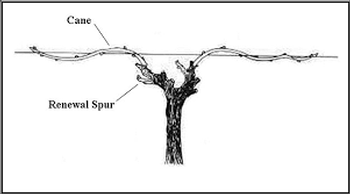
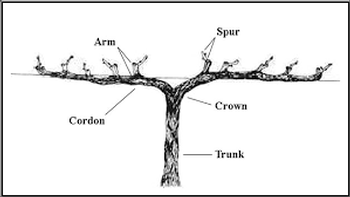
Pruning - The most important task in the Vineyard.
Pruning is removing of deadwood and reducing of living wood allows plant’s energy to zero in on grapes.
Cane pruning offers better frost protection, higher yield and more fruit forward flavors.
Cuttings are mulched.
Once canes are nimble, they are tied to tie wire before bud burst.
Buds are fragile, please do not touch.
We prune approximately 75,000 vines, each with its own personality, each taking careful consideration.
Our Enemies
Invasive and protected species.Furry Critters – raccoons may be cute but they are incredibly vicious. Never approach a raccoon. They kill our chickens and ducks and eat our grapes.
Birds – Starlings and robins are our biggest threat and can eat 1 acre of grapes a day.
Eagles and Hawks eat our hard working ducks and chickens.
Wasps and Hornets – eat grapes and bite us.



Vineyard birds we love!
Northern Rough Winged Swallow
Swallows are a good luck symbol to sailors as they mean home-coming. They never leave land.
Sailors often get a tattoo of a swallow to symbolize 5000 nautical miles at sea
These swallow live in our vineyard in the summer.
Hummingbirds
Doves
Yellow Warblers
Woodpeckers (they do cause damage but we can’t help but love them)
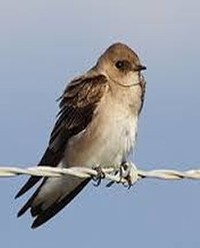
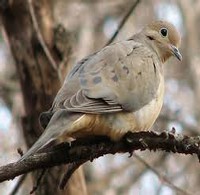
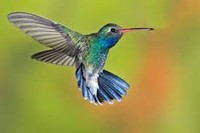
Thank you for strolling through 40 Knot’s interpretive trail
Please join us in the tasting room for a complimentary wine tasting. We also have an assortment of picnic items that can accompany you on the vineyard terrace. Giftware and souvenirs are available.
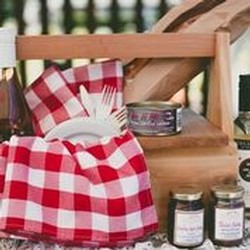
Share your experience with us!



What is Stall Speed?
 With the Comox Air show coming up this weekend, I wanted to reflect a bit on my passion for flying, and its relation to the quality of our wines.
With the Comox Air show coming up this weekend, I wanted to reflect a bit on my passion for flying, and its relation to the quality of our wines.
The excitement that I still feel when I hear the words "Cleared for takeoff on the active runway," or the peace of the phrase from the tower, “Cleared straight in, number one for landing," are reflections of what care and attention we want in our wines. We enjoy passing on our passions to those that appreciate detail, and a love for great wine.
Although the weather has been fantastic in the Comox Valley, and our 40 Knots production will certainly reflect that, we’re very excited about our Stall Speed vintages. Grown in the Okanagan, but produced and bottled here, the grapes will result in amazing wine.
However, the extreme growth rate of the vines has left me little time to get airborne, so I thought I’d share some reflections of my aeronautical passion, so you can appreciate some pilot, and aircraft activity, at the air show.
Flying is Freedom
Flying, the freedom, the view, the challenge, and a moment in time that life really does stand still, while you are wheels up. There is nothing like it.
Our Stall Speed label was inspired by the wonder of flight. Here are two perspectives.
Dictionary Version of Stall Speed:
Stalls in fixed-wing flight are often experienced as a sudden reduction in lift as the pilot increases the wing's angle of attack and exceeds its critical angle of attack (which may be due to slowing down below stall speed in level flight). A stall does not mean that the engine(s) have stopped working, or that the aircraft has stopped moving.
Layne in the Cockpit:
A stall, a point at which I reduce the engine power. The cockpit noise begins to reduce as the roar of the engine and propeller come to a dull idle, and I am left with the sound of the wind. At first rushing by, and slowly fading to a fast freeze…so silent compared to only seconds ago…leaving an eerie sense of calm and peace in the aircraft…holding back on the stick throughout this dance, the aircraft gives up its grip on the air. It is no longer an aircraft, it is no longer in flight.
It’s a comfortable chair, with a helluva view, falling peacefully towards the earth. The first time you do a stall, it is beyond exciting, almost scary. Now, with experience, it is part of life, and you must understand it, respect it, and above all, not fear it. Know how to get there, recognize it, and get out.
But, enjoy the moment when you bring everything to a brief standstill...when noise, gravity, and speed are all at zero...Every pilot smiles at this point, even for just a second, before the fall and recovery face reappears.
For me, it feels like I conquered life, stopped it and breathed it in for a brief moment, and then let it go back to the wild.
Look Up. Way Up.
As a sit here in the vineyard writing this, an American F16 jet has just been cleared for final to CFB Comox and flies over my head.
The Canadian Forces CF18 arrived earlier today for the Comox airshow. The American B52 Bomber is to arrive yet today.
This weekend’s airshow is a great opportunity to see two awesome squadrons open their doors for the public, to come and see inside our Armed Forces, and Search and Rescue heroes.
Come out and see them. What they all do is Awesome.
Cheers,
Layne
Welcome to Tsolum
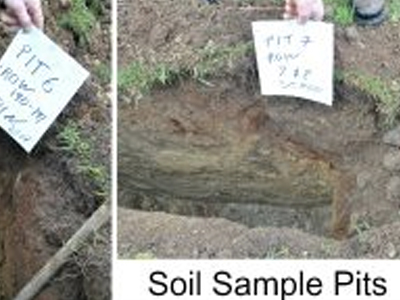
Welcome to Tsolum. Or, welcome to Comox Valley earth and sub soils, and some agri-science about growing grapes.
The Norm
The general Comox Valley area is predominant to “Tysolum” earth. Our slightly rolling hills have medium to moderate glacial deposits and/or glacial till below the surface, and coarse fluvial deposits near the surface. It’s finalized with a frosting of 4 to 12 inches of organic marine-rich top soil.
What does that mean?
Historically, it means it is great for growing Douglas fir, western red cedar, alder, maple and grand fir trees, supported with an abundance of wild berries like leg-tearing blackberry vines.
However, with rich peat soils and great water retention during early season, and drainage in late, it creates amazing growing areas in the lower lying areas in the Comox Valley, especially for vegetables, fruit, hay crops, and even malt-grade barley.
Variable
So what the hell does that have to do with Grapes? Even more, what does it have to do with grapes from a “Noble variety” vs. those that have been breed to grow in our climate?
For lack of a better term, our little property sits at the tip of an iceberg, just 925 meters from the Salish Sea, where the Powell River ferry lands. The deep harbour was created, in part, by a glacier. The bonus, is that the historic event deposited a more than average amount of till, sand, and rocks on this small area, which is now above the sea some 120 meters.
Poor soil for the general farming activities in the Valley, our 25 acres does not grow blueberries, cranberries, or corn, very well at all.
The plus side - great drainage, mineral contact, and sloping land towards the sea provide in part, a small piece of rare land in the Valley that can sustain noble variety grapes - Pinot Gris, Pinot Noir, Gamay Noir, Chardonnay, and Auxerrois.
Not without its difficulties, with great drainage comes stripping of nutrients. Pedicle testing and soil sampling is a must. With the slow road of composting, and adding that back to the soil, diligence and patience will be a virtue.
The terroir itself benefits from so much more. This small micro climate inside a micro climate generally boasts 3.6 degree Celsius higher temps than the recorded temperature.
The Facts
Our viticulturist, Theo Siemens, has spent considerable time working with Pedro Perra, a Chilean wine terroir expert, and Dr. Scott Smith, from the Pacific Agri-Food Research Centre. Theo is applying his experience and knowledge to the 40 Knots terroir, and has a great go-forward ethical plan for us to work with.
Here are some of Theo’s thoughts and recommendations.
“Comox Valley soil types typically fall into the Tsolum Soil profile with a Gleyed Humo Ferric Podzol subtype. Factors that most influence viticulture practices on these soil types are:
1) Humid
2) Temperate
3) Acidic
4) Leached
5) Sedimentary rock profiles
6) Rich in iron oxidized soils
7) Presence of granite rock brought from coastal mountains by glaciation
8) Soil texture (loamy, sandy, till)
40 Knots soils, rich in iron and aluminum, are oxidized by acids and water, while sub soils are seasonally saturated (liquefied) by the high water table. The results are leached soils rich in iron and aluminum, with low PH. Historic fertilizing practices suggest that the disconcerting anemic soil-sample results are due to leaching and not under-fertilizing. In other words, while fertilizers have been applied by the previous owner (last application in 2012), they are being consumed by plants and/or being washed away by rain.
There lies the crux of your challenge.
It is my strong belief that compost application is the solution for the long term health of the vineyard. As compost breaks down slowly (25% first year, 50% second year and 25% third year), it is the perfect and almost complete time-release fertilizer. Compost, depending on composition, tends to be more alkaline, therefore balancing the soil PH as well. While composts tend to be low in nitrogen, this can be adjusted easily by way of cover cropping, which is already being completed with white clover, or by applying organic fertilizers.”
The Evolution
Focusing on ethical and sustainable farming practices, composting, mulching, adequate cover crops, specific irrigation regime (going towards little to none), we are, in Theo’s words, “creating an evolution in our vineyard, not a revolution.”
Is that it, all done?
Not even close.
Knowing what you have for earth is the beginning. Establishing a realistic plan to be sustainable is next. Being willing to commit to a very long term ethical and sustainable farming model is going to be the hardest decision, or the easiest.
For me, it’s easy.
It is how I grew up farming. As a kid, I saw the benefits in the land and the product.
How could I not see it now?
Cheers,
Layne
March, Mowers, and Mulching
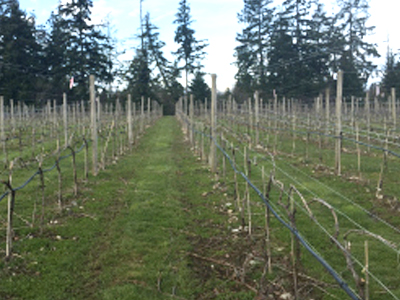 Even though the 20th of March is the official day, it is clearly spring. We can hear the sea lions barking with excitement, the Robins are bathing themselves to look good, woodpeckers have found the loudest piece of manmade tin to rattle against, and so many of our flowers are in bloom. Sorry Easterners, it's awesome on the West Coast.
Even though the 20th of March is the official day, it is clearly spring. We can hear the sea lions barking with excitement, the Robins are bathing themselves to look good, woodpeckers have found the loudest piece of manmade tin to rattle against, and so many of our flowers are in bloom. Sorry Easterners, it's awesome on the West Coast.
Our vineyard and winery chores also know it's spring.
When I posted last, we were making our pruning cuts. Now, we are pulling the wood out of the trellis wires and tying the new canes down that will produce this year’s grapes. We are at 50% complete on this last step. All will be completed by April Fool’s day. My bet is on March 27th for bud burst.
Over a one day period, wood is pulled, canes are tied, and rows are flailed and mulched. We don’t burn our last year’s wood, it is all mulched back into the rows.
After the field personnel leave at night, the rotary flail does the first pass, making wood flat and in smaller 4 to 8 inch pieces. Next, the Kubota zero-turn mower, with a mulching kit, goes over the row. This machine is amazing. Sold to us last year from Russell at North Island tractor, it has cut our mowing times by 1/8. Fine cutting around the winery, or mulching down the row, it will do all of that at lightning-fast speeds, significantly reducing fuel use and increasing quality of mulched organics to the vineyard.
Cheers,
Layne

